Tree Biomechanics Week 2022
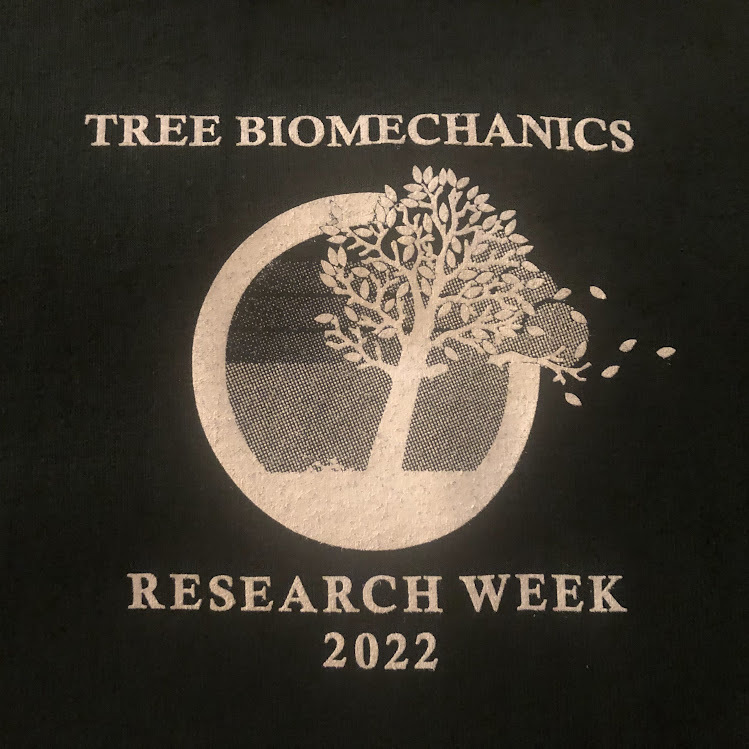
If you’ve never heard of Tree Biomechanics Week, it’s time you did.
Tree biomechanics incorporates biological study and engineering principles to understand how plant growth leads to the ability to withstand self-imposed and externally applied loading events.
Sometime before 2010, several people including Mark Hoenigman, Allen Siewert and Ward Peterson got to talking and came up with the idea of doing ground breaking tree biomechanics research on a single site and at the same time so that they could increase efficiencies and share equipment and resources. The idea was likened to the Stone Soup European folk story in which hungry strangers convince the people of a town to each share a small amount of their food in order to make a meal that everyone enjoys.
The idea snowballed and Biomechanics Week 2010 was born at the Davey research site in Shalersville, Ohio. Arborists and researchers from around the country and even the world have visited the site every 3 years to do destructive testing in tree biomechanics and then return every 3 years to look at progress and do more testing. Researchers have come to the site from as far away as Czechoslovakia and Mexico to do research.
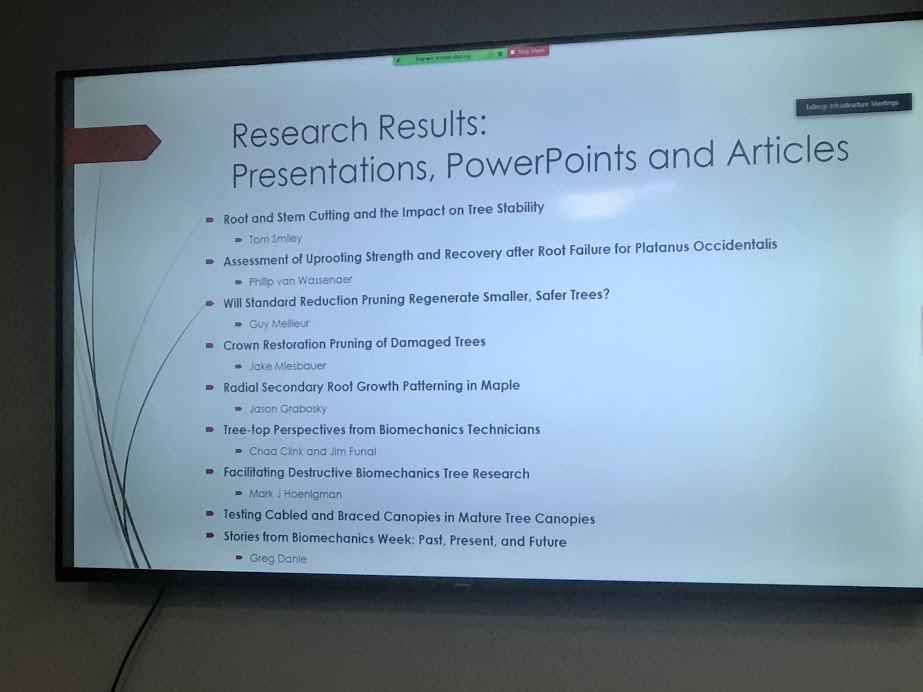
This year’s participants included a team from Rutgers University in New Jersey, Gary Watson, retired from Morton Arboretum, Lexington’s Dave Leonard and Dr. Bill Fountain, Dr. Dan Hermes, Vice President of Research and Development at Davey Tree, Guy Meilleur of Historic Tree Care in Apex, North Carolina, Dr. Tom Smiley and a team from Bartlett Tree Labs in North Carolina, Bernie Carr and his team from Organic Air in Norwalk, Ohio, Ward Peterson, John Palmer, and many others. It was a gathering of some of the greatest minds in tree biomechanics research.
While work progressed at the site all week, Thursday, August 4, 2022, was biomechanics day when the site was opened up to interested parties to see all that was being undertaken during the week. The week was described as summer camp for tree nerds and Thursday was described as “parent’s day” when “campers” showed off their “crafts”. And…the “crafts” were impressive!
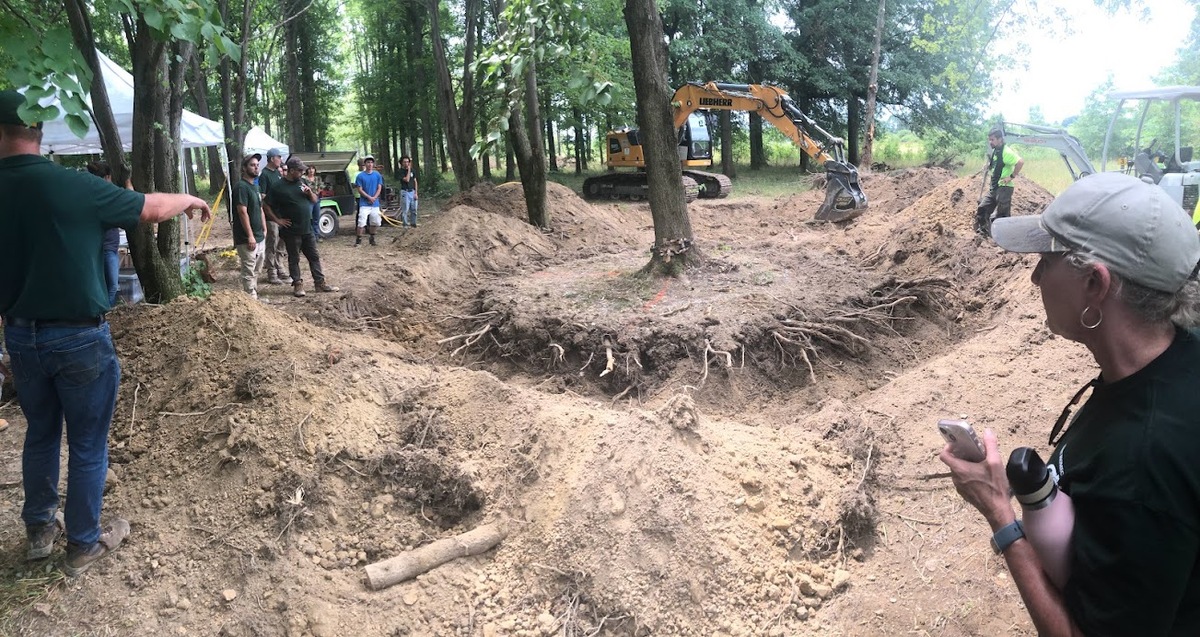
The Rutgers team was working on developing a research-based template for how close excavation can occur to a tree, by species, before biomechanical destabilization occurs. Here they had excavating a red maple with a rather fibrous root system.
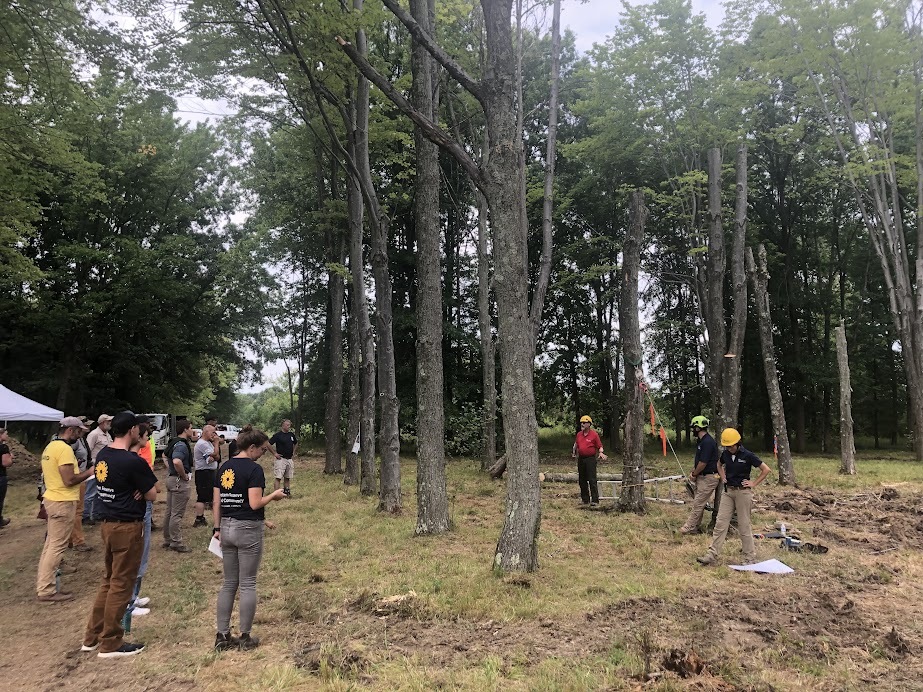
Dr. Tom Smiley, arboricultural researcher at the Bartlett Tree Research Laboratory in Charlotte, NC and an adjunct professor of Urban Forestry at Clemson University, discusses how the Bartlett team is testing tree stability years after roots were severed.
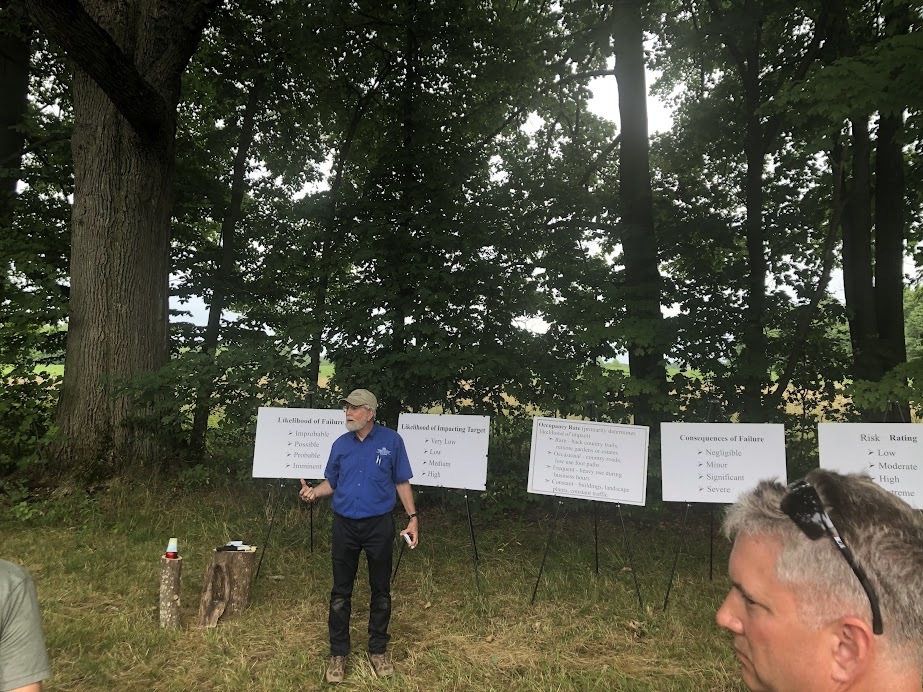
Dr. Bill Fountain discusses tree risk assessment.
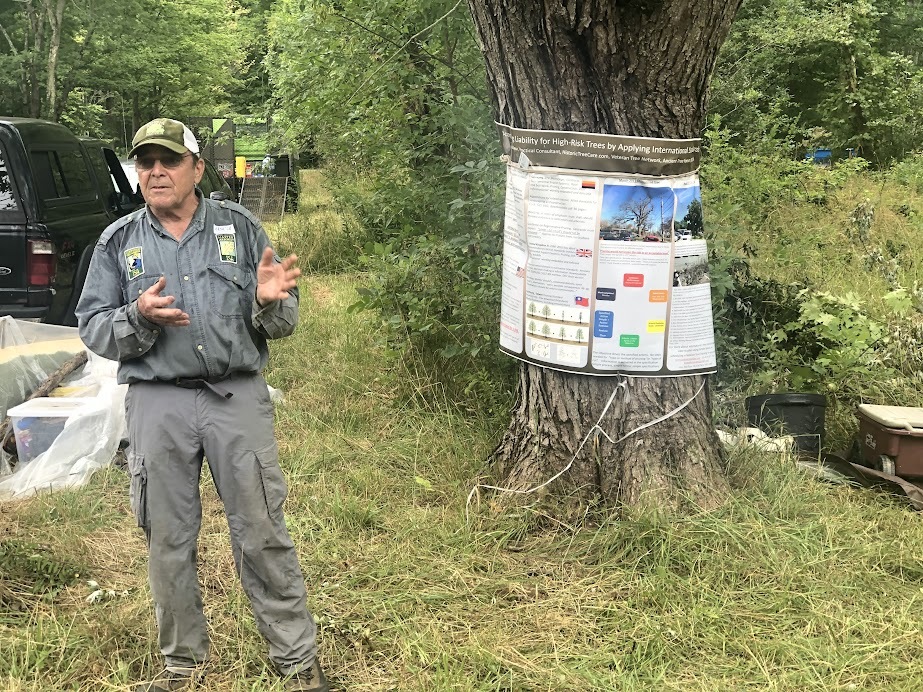
Guy Meilleur discusses accepting liability for high-risk trees using the European arboricultural standards, as well as results of pruning research which had been done on the site over a number of years.
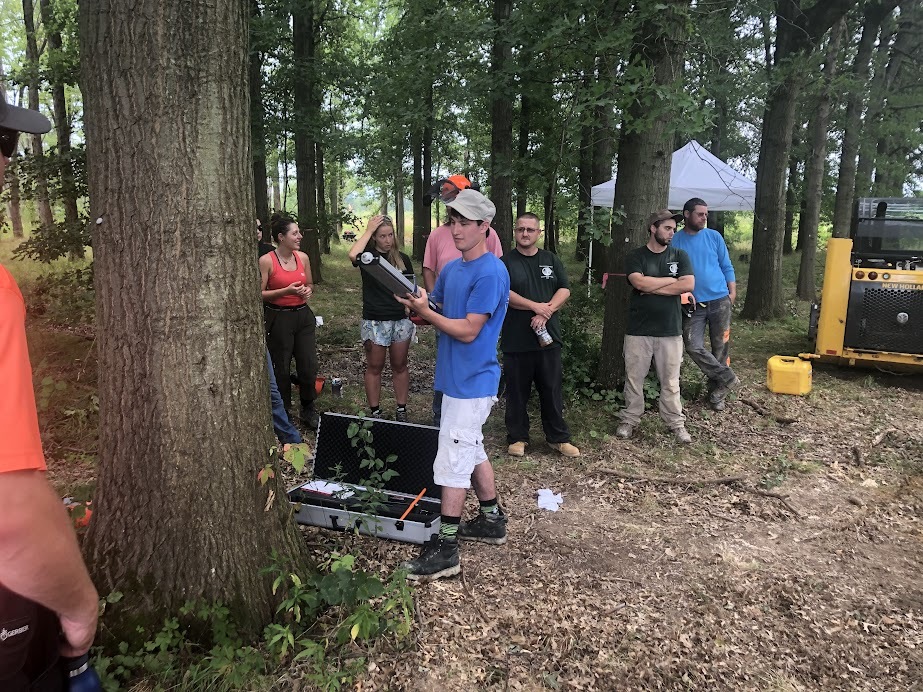
The Rutgers team doing resistance testing of an oak.

This sweetgum has fewer fibrous roots with large diameter roots having been severed some distance from the trunk.
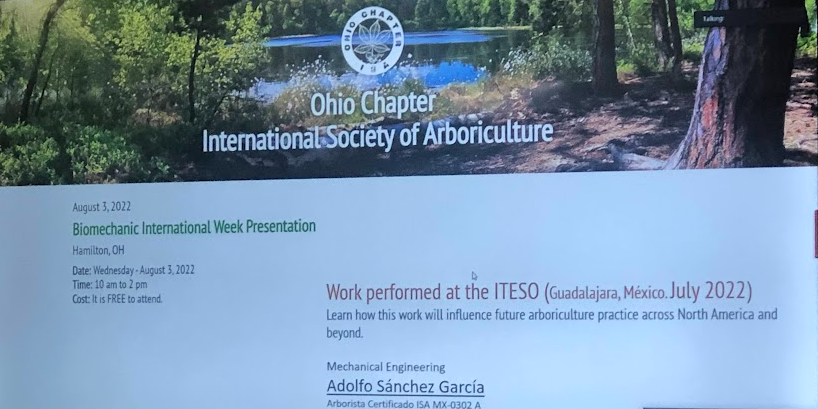
In addition to the Shalersville site, biomechanics research along utility right of ways has commenced at 9 sites in different parts of the world, including a site in Hamilton, Ohio. The Hamilton site is overseen by Municipal Arborist/Utility Forester David Bienemann. I attended a biomechanics program in Hamilton on August 3 before heading up to Shalersville, including a site visit where some of the field research is being conducted.
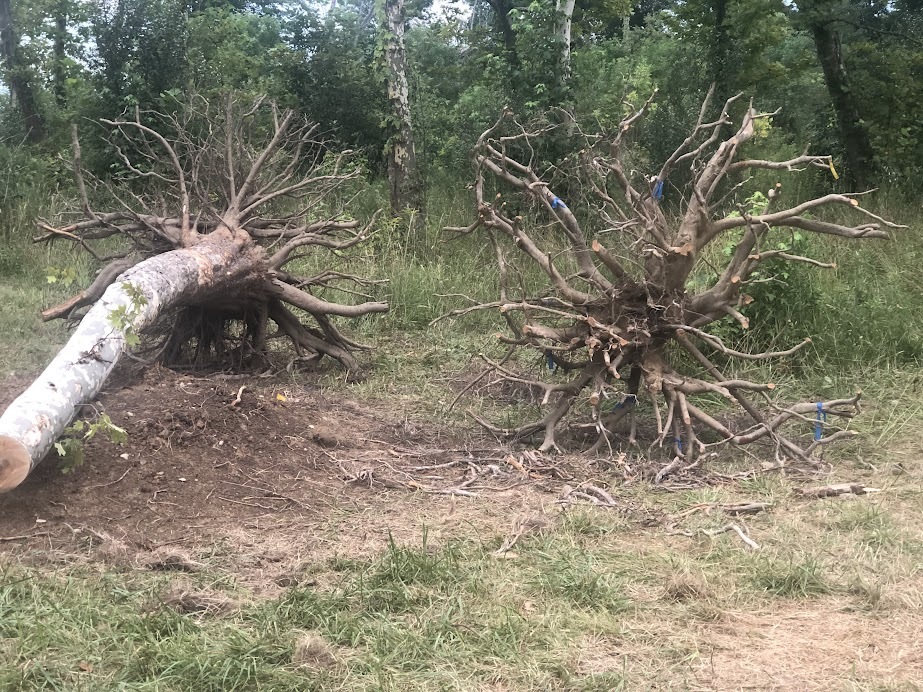
Excavated tree root systems.

